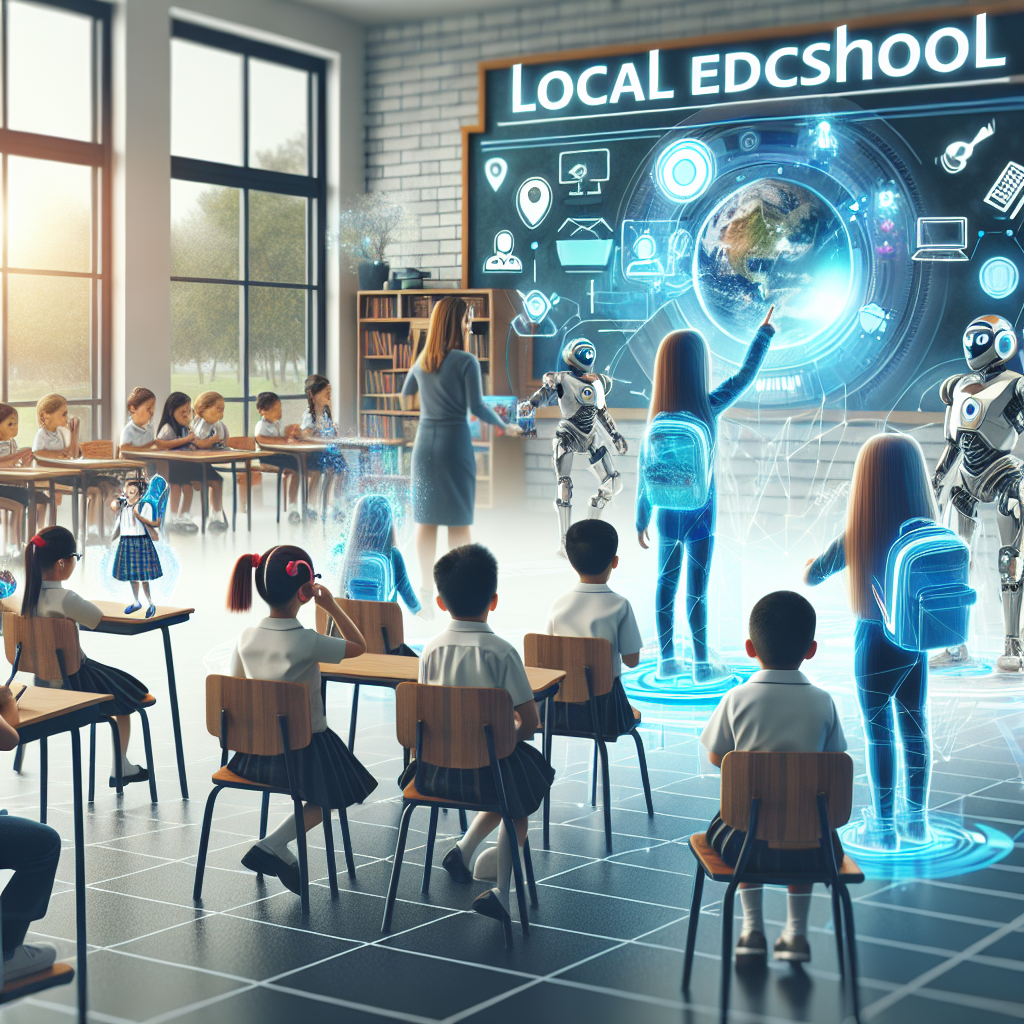It’s your quintessential small-town elementary school with an intriguing twist. In its quiet revolution lies a technology-infused transformation that has propelled it to national spotlight – a testament to the promise that our future serves.
Policy Overview
The policy in question is one that encourages public schools to adopt transformative educational technologies as part of their curriculum. It targets strengthening digital literacy among educators and students alike.

Historical Context
You may well ask why such a change was deemed necessary. The answer takes us back in time when traditional methods held sway over classrooms and chalk dust was common as air.
Stakeholder Perspectives

This section gives voice to those most intimately tied with this shift; from the principal who envisaged it all to parents who watched their children bloom amid circuits and software.
Economic Impact
Poured so much investment into tech education – but what do we have to show for it? We analyze here the economic ripples caused by this bold venture.

Social ConsequencesIn examining social implications of this tech-led renaissance, we delve into ways it has affected student-teacher dynamics, learning outcomes and classroom cultures idyllically set in binary codes now.Implementation ChallengesT\BSCRIBEEDGALA\PERSocial consequences could not exist without attendant challenges during implementation. Here we shed light on roadblocks that surfaced and the ingenious ways school management navigated them.
Success Metrics
Are success and recognition synonymous? In this instance, they are. But what parameters define such a triumph is an exploration in itself.
Alternative Approaches
We also look at alternative models employed elsewhere – to offer a rounded perspective on technology inclusion in education.

